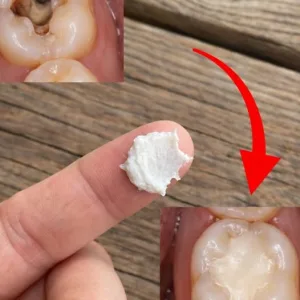The narrator begins by recalling a childhood spent learning to interpret silence, especially that of their brother Keane, who was diagnosed with a developmental disorder at three. Keane’s world was structured and silent, filled with routines and wordless gestures, while their home was clouded by the stress of their parents’ struggles. The narrator learned to shrink themselves to avoid conflict, and communication with Keane remained nonverbal and distant. Yet despite the quiet, there was always a gentle presence to Keane, who never spoke—but observed, organized, and hummed.
Years later, after their parents passed away, the narrator brought Keane to live with them just before the birth of their son, Owen. Though Keane remained silent, he adapted well—eating without complaint, folding clothes neatly, and humming constantly. Life was chaotic for the narrator, juggling a newborn, an absent husband, and emotional exhaustion. But Keane never demanded anything—until one particularly difficult day, he spoke. After hearing Owen cry, the narrator rushed out of the shower only to find Keane, for the first time, cradling and calming the baby. And then, he whispered, “He likes the hum.”
That moment marked a turning point. From then on, Keane slowly began to communicate more—simple sentences, observations, and helpful contributions to Owen’s care. His connection with the baby blossomed, and he became a trusted presence in the home. As Keane emerged from his silence, the narrator began to confront the guilt of having accepted his quiet as a permanent limit rather than a call for deeper understanding. They realized that they had missed opportunities to truly connect with him.
The emotional climax comes when Keane, believing he hurt Owen by waking him, panics and confesses to “messing up.” The narrator reassures him that making mistakes is part of being human and admits, perhaps for the first time, that they had never truly listened to Keane. In that moment, Keane cries, and they embrace—not out of obligation or protection, but from a place of recognition and love. This moment underscores the theme that love isn’t about fixing someone but truly seeing them.
Now, six months later, Keane volunteers at a sensory play center and remains Owen’s favorite person—his first word even being “Keen.” The story ends with a reflection on the power of small moments and simple words to transform relationships. The phrase “He likes the hum” becomes a symbol of connection, healing, and hope, reminding readers that real love is often quiet and begins with truly listening.





